Rarely meet decorative plants, the remaining all year round attractive and irresistible. It is such an unusually colorful and crawling culture is acetic tree.
What does acetic tree look like? This is an empty deciduous plant with an openwork crown of intertwined branches and huge peristryy leaves surprises its greatness and originality. In the summer, the tree is transformed through the flowering of bright-red inflorescences resembling brown "candles", the perennial "flashes" with focusing with faded shades, and in the winter, the tree pleases those surrounding velvety carminic hodges that remain to the spring itself.
In addition to high-tech qualities, acetic tree is an absolutely unpretentious and hardy culture that practically does not need care.
Take an amazing tree on its plot with even novice lovers of lovers.
Acetic tree, description of the plant
Sumums combines more than 200 types of shrubs and low-spirited trees. This family also applies to the appearance called "Sumums Olenegor", known as "acetic tree" or "a block".
Why is the acetic tree so called? It turns out that such an unusual name is due to the sour taste of tree berries, which are not only unsuitable for use in food, but also considered to be poisonous. With all this, in some Asian countries learned to make vinegar and spices from the fruits of acetic tree.
- North America is considered a natural area of \u200b\u200bgrowing decorative perennial. Currently, the windows are common outside of its historic homeland.
- The acetic tree of Sumy grows slowly, reaching height from 3 to 10 meters. In the garden culture, the tree, as a rule, does not grow more than 5-6 meters. Most often, the exotic perennial stops at a mark of 3 meters. At the same time, with growth in length, Sumy is also distributed in the same way, forming a thick openwork crown. Moreover, with age, the vertical growth of the plant is suspended, which you can not say about the expanding of a luxurious and spreading crown of acetic tree. Cases of expanding branches up to 8 meters in diameter are recorded. A similar feature of the suma is important to consider when choosing a place for planting a seedlings.
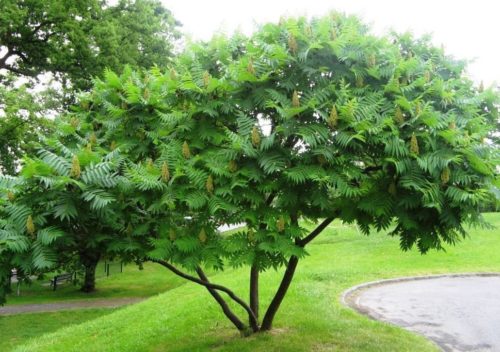
- Due to the crown shape, acetic tree is often compared with the "overseas" palm tree. But the leaves of woody culture are rather reminded by domestic rowan.
- Saving the suma of the oneeloogo in shape and configurations go to the deer horns, which served as the basis for such an unusual botanical name of perennial. Especially bizarily looks like a tree in winter, when elegantly curved shoots completely reset their deciduous "decoration". Outwardly, light colored branches look thickened and quaint woven among themselves.
- One of the main advantages of the deciduous tree is elongated, not pareno located, complex leaves. In the form of the leaves - perista lanceathoid, with a pointed end and distinctly pronounced cloths around the edges. Each complex sheet has about 30 leaves. Young leafy plates and shoots covered with "velvet" hairs. Juicy green leaves Sumy in the fall acquire unusually catchy crimson-red shades. During this period of time, it is impossible not to notice the luxurious fiery tree.
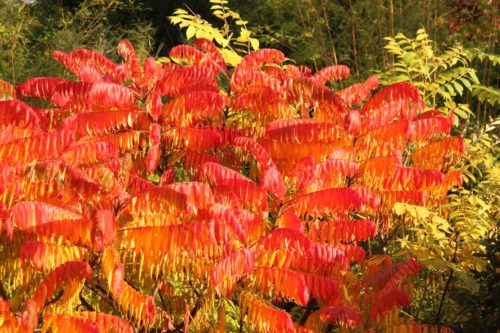
- In addition to decoratively attractive foliage, acetic tree has no less spectacular flowers. Small carmine shades flowers are collected in dense, large and bright banging inflorescences. The main axis of inflorescence is thickly covered with numerous hairs, creating the effect of blooming velvet "lace". Separated inflorescence, similar to a candle of blooming chestnut, can reach up to 20 cm. Perennial flowering falls for the summer: Approximately June, June, July.
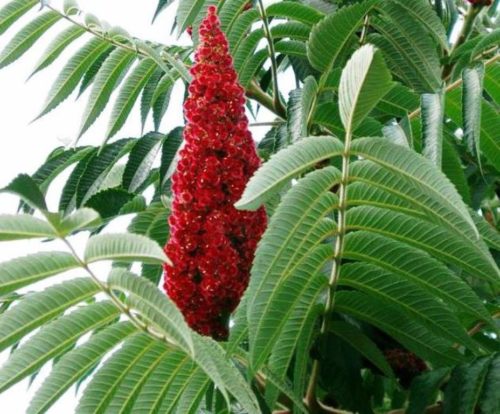
- The fruit is formed only in female representatives of acetic tree. At the same time, it is important to have on the site as a female, so male form. The fruits of acetic tree are represented by firewood and also support the overall high decorative destination of an unusual tree. Pyramidal panicles of red hodges located on woven naked branches form an unusually attractive sight until spring.
Wood perennial culture every year becomes only more painful and more effectively.
Acetic tree, application
- An unusually attractive appearance of a plant, combined with general endurance and unpretentiousness, determined the dominant value as a highly decorative culture that adorns parks, squares or home sections. There was no other exotic culture, acetic tree, has long been familiar for many regions of our country. In decorative landscaping, both group and single landing of an effectively looking tree are practiced.
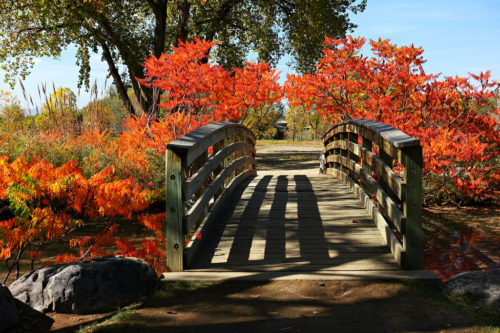
- Extras are especially attractive perennials as a single accent, attracting the attention of an unusual form of crowns and bright inflorescences. In the case of composite landings, the acetridge is harmonious against the background of low-voltage plants, emphasizing the greatness of exotic culture.
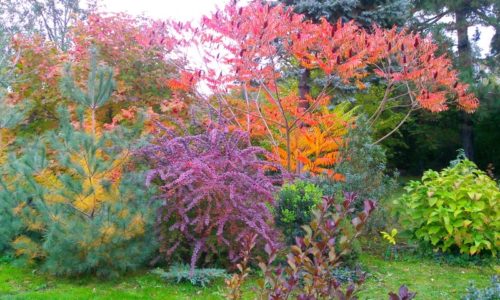
- Olener-legged Sumy has minor poisonous properties. If the juice is hit on the skin - can be felt light burning. Contact juice with the organism mucous membranes is fraught with more negative consequences for human health.
- Decorative culture, acetic wood, contains dubber and tannins used in the respective industries.
- Chain and strong roots of the tree make it possible to use it as a plant that fixes the ravine, the scratch or slopes.
- The fruits of acetic tree are used in cooking: to prepare vinegar and seasoning "Sumy", replacing lemon in many dishes. Asian cooks widely use acidic seasoning as refueling for salads, cooking marinades for meat and fish.

- Acetic tree is also known in alternative medicine. Predated, Indians used a plant as an antiseptic and anti-inflammatory agent.
Acetic tree, decorative forms
Acetic tree has become a fundamental basic culture to create other forms of decorative plant.
- The lancing shape of the suma is characterized by more sophisticated lanceal leaves with deep jar on the edges.
- Sumy Olener-legged DESEST is characterized by silver color of the peristracted leaves, resembling the branches of the fern. Spelling bright, carmine - scarlet tones.
- Sumums Olener-legged Tiger Eyes has openwork, dissected leaves, similar to the branch of the fern. The lowered (up to 2 m) grade "tiger eye" grows slower the main species and is less frost-resistant. The positive quality of perennial is almost a complete lack of formation of pores.
- Fascinated acetic tree resembles a tall shrub with minor denial. The fragrant leaves have the shape of a tribal and the same as the main form, transformed into the autumn period. Almost naked branches "carry" edible fruits suitable even for cooking jam or wine.
Many gardeners are afraid to cultivate decorative Sumy on their plot, having heard about his toxic properties. It is important to note that the type of Sumy Olener-legged (or fluffy, as it is also called) does not apply to the dangerous forms of Sumy allocated to a separate genus with the appropriate name "Toxicodendron".
Therefore, acetic tree can be safely used to landscap the garden and park zones or household plots.
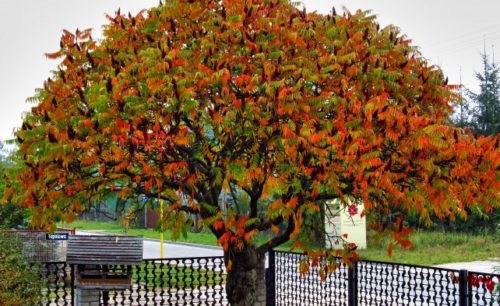
Features of growing acetic tree
The origin of acetic tree predetermined its good adaptability even in difficult climatic conditions. So, a unpretentious tree can grow on rocky, acidic, saltchard soils or in the mountains.
The windows make easily tolerate long-term drought, harsh winter and urban gaspace.
The only thing that the plant is especially needed is light. The light-affairs culture will become attractive and luxurious only on a well-lit or slightly privided place.
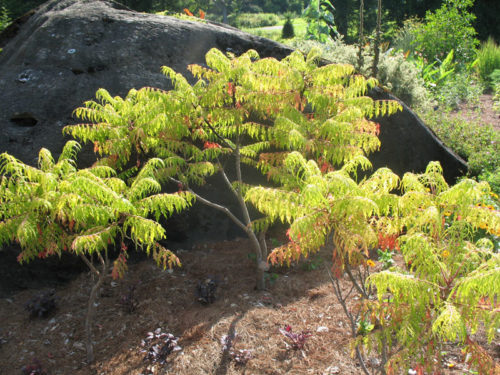
Choosing a place to land acetic tree
- With all its low-waxability to the composition of the soil, acetic tree is favorably responded to a fertile, loose and well-drained soil.
- Wood culture prefers not dense sandy, clay and sandy or rocky sandy soils.
- As for moisture, Sumums Olener-legged gives preference to dry soils. Therefore, when choosing a place for planting an elegant "exota", a wetlands should be avoided, as well as places with high groundwater sitting.
- The undoubted advantage of perennial is its endurance to saline soil, where other plants simply cannot grow.
- Choosing a place to land, follows to "stop" on well lit, solar, protected from drafts and winds, plot.
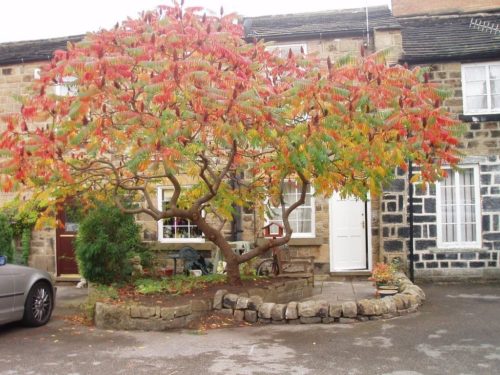
Agrotechnology landing acetic tree
- Planting seedlings with an open root system is better in spring to ensure their maximum survival and preparation for the upcoming wintering. The autumn planting of acetic tree seedlings is also practiced, followed by the shelter of young trees for a winter period or temporary checking in the container.
- Large treared copsee trees with a closed root system can be planted in any warm period of the year. It is important to preserve the surrounding roots, the earth.
- The optimal age for planting a tree to an open ground will be a 2-3-year-old seedling.
- Before boarding, it is cooked from one part of the turf of the land, 2-piece sand (large fraction) and one part of the compost (humoring). Such a light and loose primer will best ensure the development of a seedling in a new place.
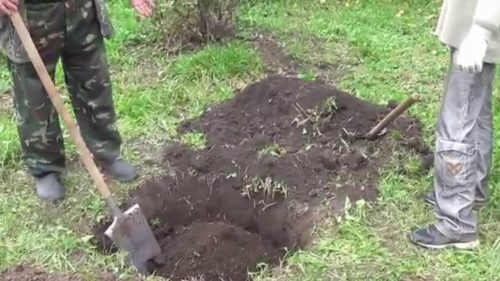
- Before planting acetic tree, a bucket of water is poured into the pit, which must fully absorb to the ground.
- Prepare a landing pit, you can set a seedlove, carefully straightening all its roots and falling asleep soil. We should not forget to periodically seal the soil during the landing, in order to avoid the formation of voids. The depth of the pocket depends on the size of the earth's coma and the roots of the seedling. The average pens dimensions are about 50 x 50 cm.
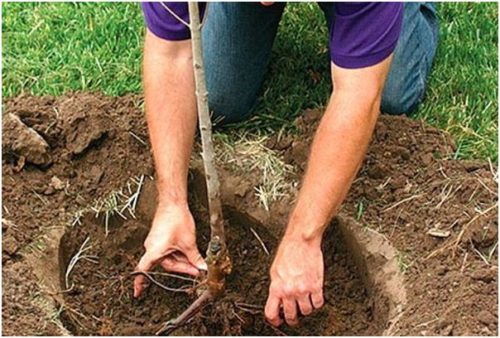
- When landing, the root neck deepen into the ground for about 4-6 cm.
- After landing, the young tree is abundantly watered with water and mulched.
- If several centers of acetic tree is planted, it is important to provide a distance between the trees. Given the widespread growth of the future krona of the suma, it is necessary to leave the interval between cultures of at least 3-4 meters.
- To admire the exotic beauty of the pincher fruits, you need to plant the male and female trees.
- Considering the fact that the acetic tree as it will actively "give" the root piglery, oppressing others, neighboring cultures, when landing a seedliness is recommended to install so-called. "Limiters". It can be slate pieces, metal sheets, boards, etc. For this, the limiters are deeply drained into the ground around the landing pit, preventing the inconspicient growth of the pins in the future.
- As a rule, the seedlings planted on all the rules of agrotechnology are rapidly rooted in a new place and begin to bloom already for the 4-5th year of life. Grow in one place a beautiful acetic tree can more than 20 years.
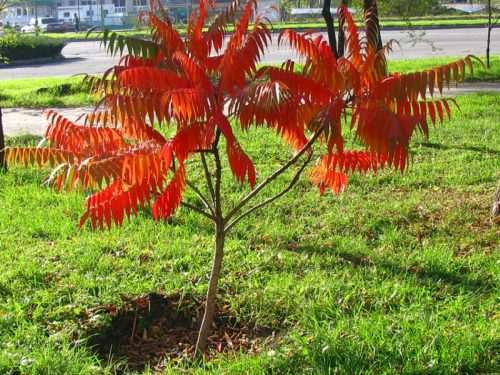
Acetic tree, plant care
Acetic tree does not require special care or the use of any special agrotechnical skills. Moderate watering, weeding and mulching, - perhaps, these are all the necessary events that contribute to the active growth and development of acetic tree.
Still, unassuming plant is also resistant to various kinds of diseases and pest attacks.
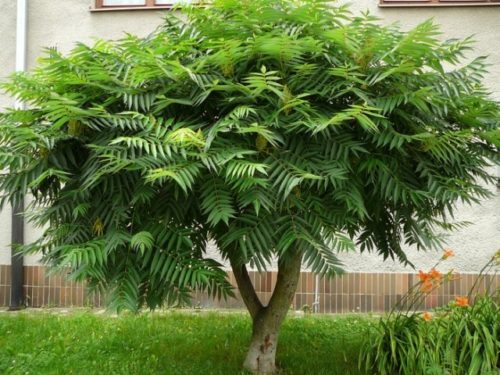
Watering and mulching acetic tree
- Watering plays an important role at the stage of the observing of a petrower seedling. Therefore, after landing, the young tree is abundantly watered over the past 3 days.
- As the drought-resistant tree grows, watering is carried out only in a particularly hot dried period.
- Excessive watering or constant moisturizing the plant adversely affects the development of woody. In addition, the abrasion of moisture can lead to the appearance of a fungal disease.
- After irrigation, the propeller circle is mounted peat or wood chip. The thickness of the mulching layer is about 5 cm.
Visolka and loosening of acetic tree
- Sugging a rolling circle, it is necessary to monitor that the roots of acetic tree are not damaged in the process.
- The absence of mulch also provides periodic loosening of the area around the tree.
Trimming acetic tree
- It should be noted separately that in the trimming of shoots, the acetic tree does not need. Many amateur gardeners conduct forming crown of perennial crown, but, unfortunately, after such a procedure, Sumy becomes less decoratively attractive. But untouched by trimming copies, on the contrary, look gorgeous and effectively.
- Thus, Sumy needs only in sanitary trimming, which comes down to the spring removal of dry or damaged branches.
- It is also necessary to pay attention to the removal of the root row, which the acetic tree is actively producing far beyond the diameter of its priority circle. Avoiding the appearance of unwanted pigs will help the soil (when planting a seedling) artificial root limiters of roots. Otherwise, the uncontrolled spread of root offspring threatens the appearance in the near future of the real thick grove of acetic trees.
Shelter for the winter of acetic tree
- The frost-resistant acetic tree does not need a special shelter for the winter. Adult plant easily tolerate negative temperatures up to 30 0WITH.
- It follows only young seedlings for the winter, wounded during the harsh cold weather. To prevent the frozen, the amecut is covered with a snapper or wrapped with spunbond.
- Prevent the magazine frozen also deep snow cover, which remains around the tree throughout the winter.
- In the case of frozen the upper parts of the shoots, the spring Sumy is quickly and painlessly restored by the formation of young shoots.
Making fertilizers and subcorter of acetic tree
- Ideally, it is necessary to feed the tree with a complex of mineral fertilizers once a year.
- If the soil where the perennial grows is quite fertile, it is recommended to fertilize 1 time in 2 years.
- Do not be takenlated by nitrogen-containing fertilizers that slow down the development of acetic tree.
Reproduction of acetic tree
Acetic tree is multiplied by a generative (seeds) and vegetatively (parts of the plant).
- The seed method of reproduction of the vinegar is used extremely rarely - only for the formation of new varieties or species. This is explained by the low percentage of germination and the long process of germination of seedlings. Seeds retain the properties of a germination of no more than 4 years. In addition, the seeds of the suma are covered with a solid shell, which can be dissolved with, for example, concentrated sulfuric acid. Naturally, not everyone has in stock such an unsafe chemical reagent. Even if it is possible to germinate seeds, the shoots turn out to be "chili" and practically not viable.
- Green cuttings reproduction also has a minor share of success, so practically does not apply.
- The most successful and accessible is the reproduction of perennial at the expense of the root row, actively appearing throughout the vegetative period of the plant. The best time to separate subsidiaries - spring or autumn. First choose the most convergeous and developed seedling, after which it is digging, with the help of a shovel, separating from the root of the parent tree. The deeper it will be able to dig a seedling - the more vissible it will be. The seedlings obtained are easily and quickly leaving in a new place. If the seedlock is not satisfied immediately, but, for example, it is transported to a new place, you need to wrap the root part of the offspring into a wet fabric with sawdust. Thanks to this, the seedling of acetic tree will not drown and be able to withstand in such a state for about a week.
When growing a unique tree, it is important to use domestic seedlings adapted to local medium conditions. Imported acetic seedlings are usually not restored after harsh and cold winter.
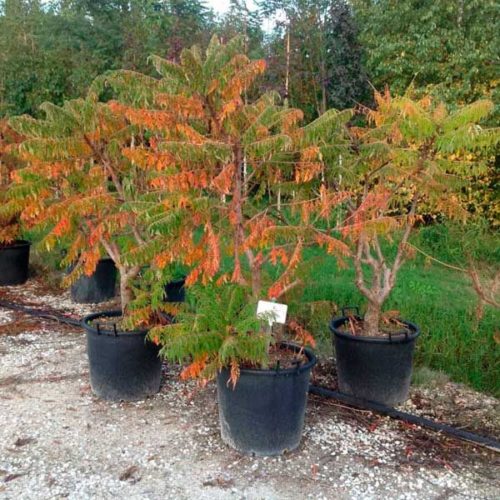
Thus, acetic tree is an ideal option for landscaping large areas with minimal labor costs. Unpretentious, drought-resistant and frost-resistant tree is characterized by high decorative qualities and is widely used in landscape design. The only drawback of the exotic perennial is an aggressive formation of root row. To avoid such trouble, it is necessary to lay the root growth limiters when landing seedlings. A similar reception will save from unnecessary trouble and will allow for a long time to enjoy the beauty of an unusual plant.
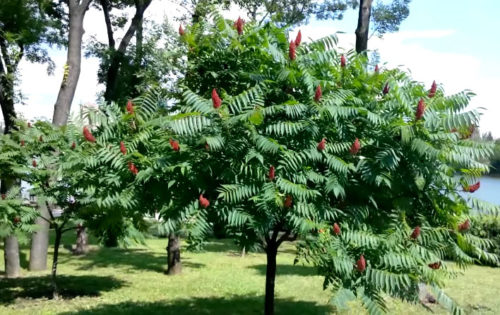

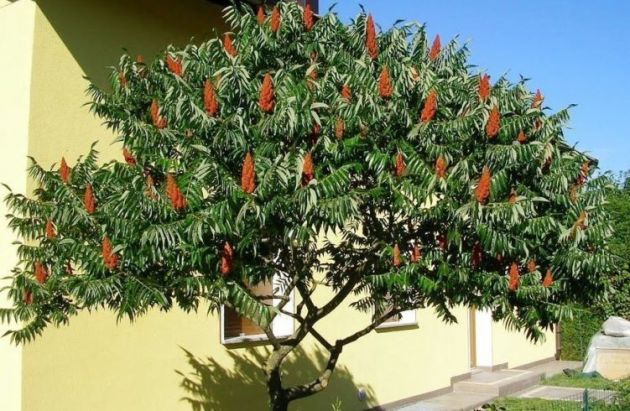
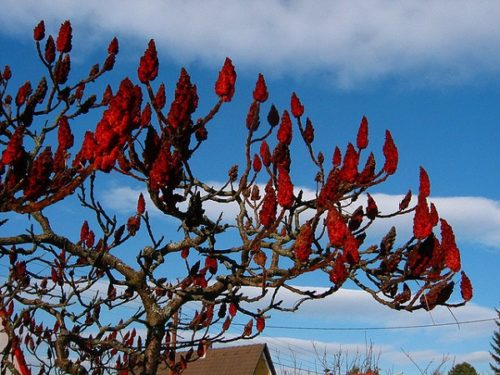
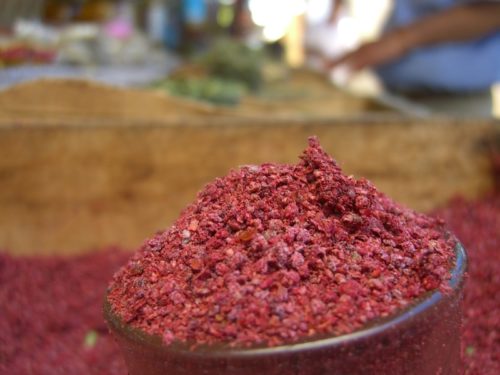
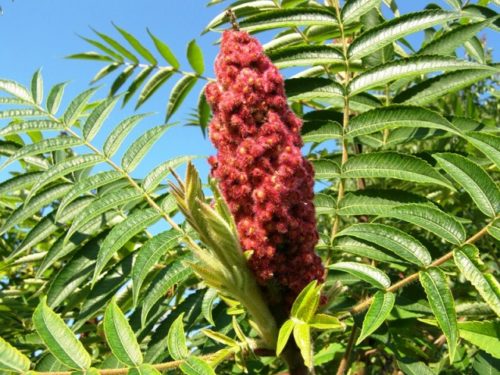
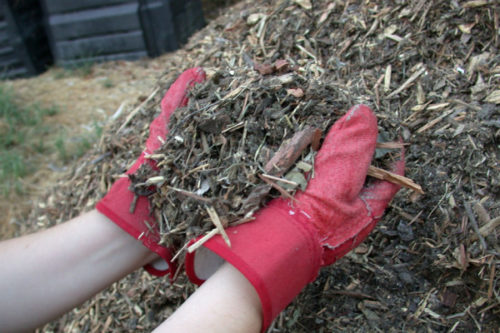

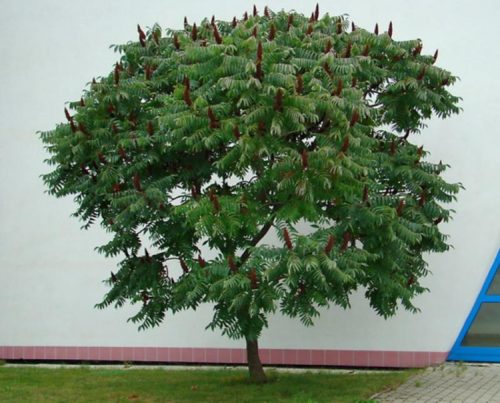
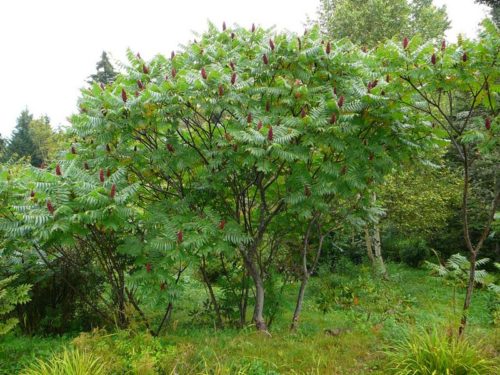
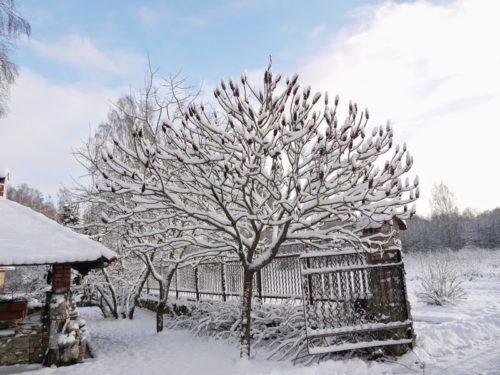
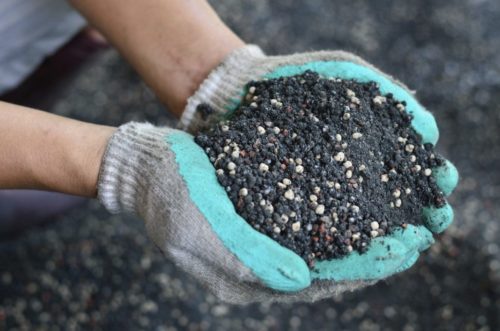
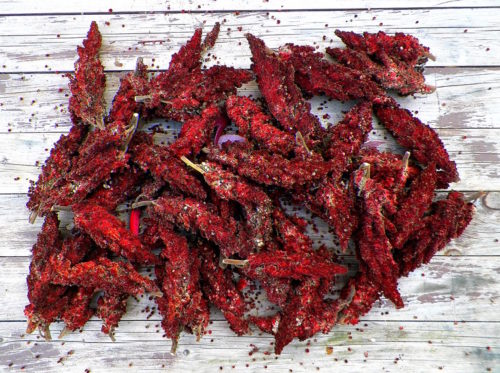
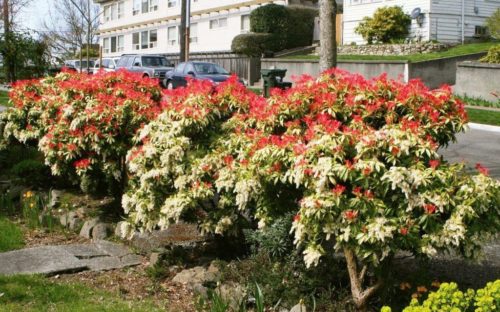

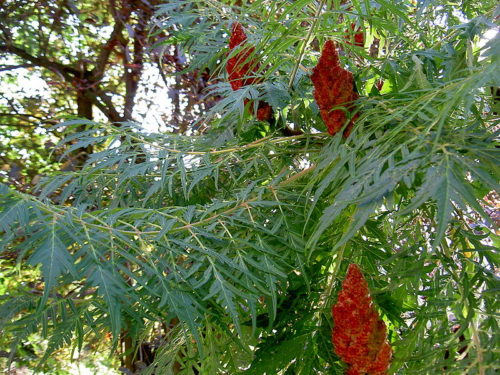

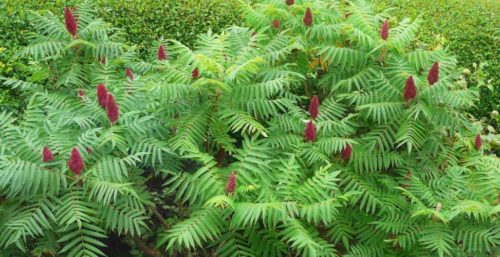
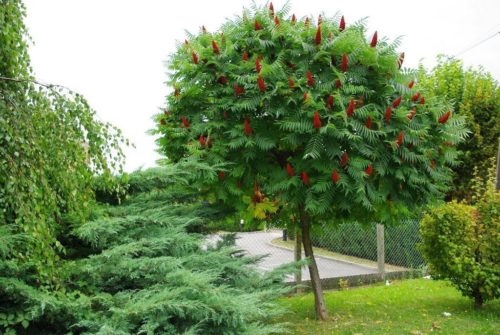
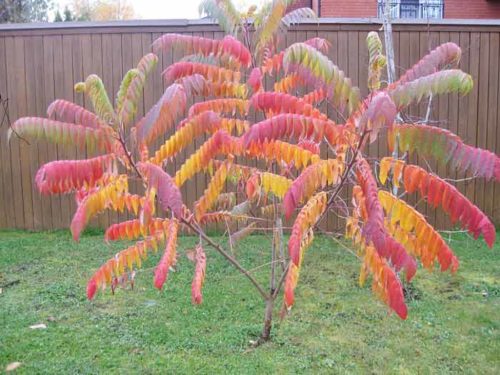












 Start a discussion ...
Start a discussion ...